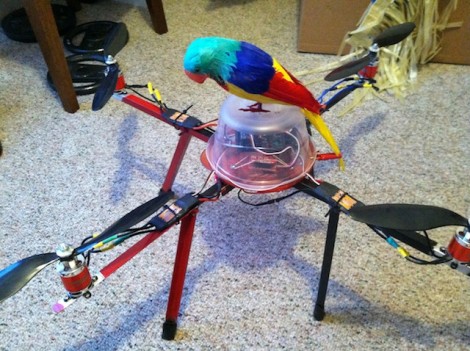[Rxdtxd] has tried his hand at roasting coffee beans in a frying pan. It works but he can only roast small batches at once. What he really needed was a large-scale roaster that would have no problem with a few pounds of the green beans all at once. He ended up building this large-scale coffee roaster out of junk parts.
The vessel which holds the beans is the drum from a top-loading washing machine. It was headed for the junk pile, but the fully-enclosed drum is perfect for this purpose. After acquiring it [Rxdtxd] set out welding a frame that would hold either side by the pivot points. He used a geared motor to automate the process. The output shaft on the gear box is meant to drive a chain, but he just welded some pieces onto the gear to use as a coupling.
In the picture above he’s giving the roaster a thorough testing with about ten pounds of beans. A portable gas stove placed below the rotating drum supplies the heat. After the beans have reached the desired darkness he pours them out into a large skillet to cool. Take a peek at the roasting action in the clip after the break.

















